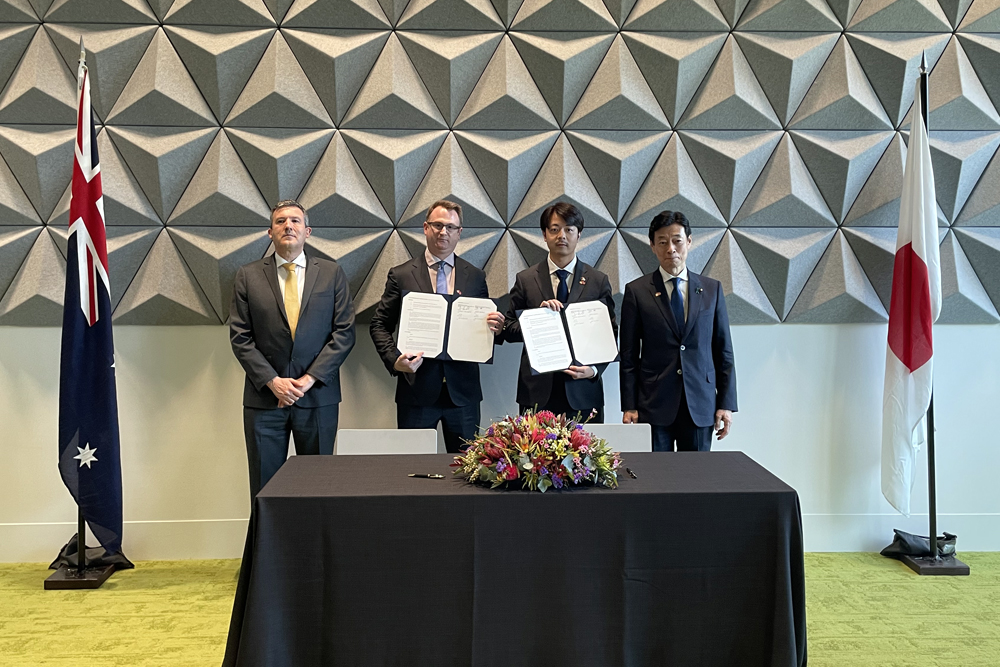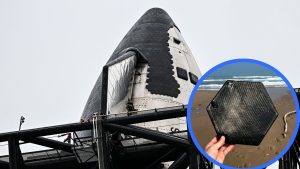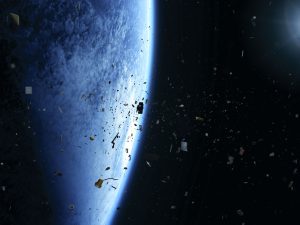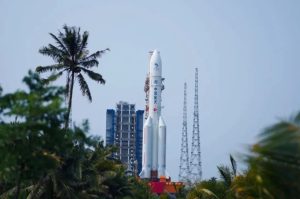Japan & Australia To Destroy Space Debris Using Lasers
17th Jan 2024
Japan’s Ex-Fusion and Australia’s EOS Space have released plans to address the problem of space debris through the use of “high-powered lasers”. The project is set to start “as soon as possible”, according to an Ex-Fusion statement. They will utilise ground-stations to beam lasers into Earth’s orbit. From there, the lasers will either destroy or divert the debris.
Space junk is proliferating rapidly and more space organisations are jumping on board to deorbit inoperational spacecraft. Currently, the European Space Agency, its member nations, and a range of commercial space companies are drafting plans to mitigate orbital debris and negate the risks they pose.
Ex-Fusion said: “in recent years, the number of space debris around the Earth has increased significantly, leading to catastrophic collisions with valuable space assets essential to life on Earth. By bringing together their respective advanced technologies, EOS Space and EX-Fusion aim to jointly develop a method to deal with the space debris problem.”
Ex-Fusion & EOS Space’s Plan To Reduce Space Debris
In October 2023, Ex-Fusion and EOS Space signed a Memorandum of Understanding (MoU) to tackle space debris. The aim of the MoU is to promote and instill a sustainable space environment. To do so, they plan to use “optical ground stations equipped with high-power laser systems to capture, remove, or push out space debris.”
However, a clause in their plans could result in the strategy being abandoned. Ex-Fusion outlined: “if both companies decide that they do not want the project to continue, the project will be terminated.” Nevertheless, both companies have assured: “[they] will work together to investigate next-generation space debris tracking and clearing technologies.”
James Bennett, EOS Space’s Executive Vice President, said, “EOS Space Systems is delighted to be collaborating with EX-Fusion on this project. As a trusted and proven leader in debris laser ranging, space surveillance and space situational awareness, we recognise the threat that space debris poses to satellite missions. EX-Fusion’s work in laser-powered nuclear fusion complements our expertise in lasers and presents the potential for innovative solutions.”
Ex-Fusion & ESO Space Are Not The Only Ones Tackling The Space Debris Problem
In September 2023, a defunct Soviet satellite was suspected of crashing into space debris. A crisis was also averted by 30 m when a Chinese satellite nearly collided with Soviet-era debris in May, 2023. These examples have produced calls from government leaders, such as the UK’s previous space minister, George Freeman, to start tackling the space debris problem.
ESA has already started making a dent in the ongoing and lingering space debris issue. They recently amended their space debris policies to limit the build-up of hazardous inoperational spacecraft. In addition, ESA launched their Zero Debris Charter that commits to deorbiting space junk by 2030. The UK Space Agency has also joined the sustainable space movement by pledging £3.9 million in late 2022.
Commercial Programme’s Endeavouring To Remove Space Junk
It’s not just government space agencies that have started addressing the space junk issue. Many commercially-led programmes are also in development. For example, Clear Space and Arianespace have inked a contract to launch orbital debris ousting mission by 2026. And Astroscale have been developing their ELSA-M servicer that will be used during their Active Debris Removal mission.







Thank you for your comment! It will be visible on the site after moderation.